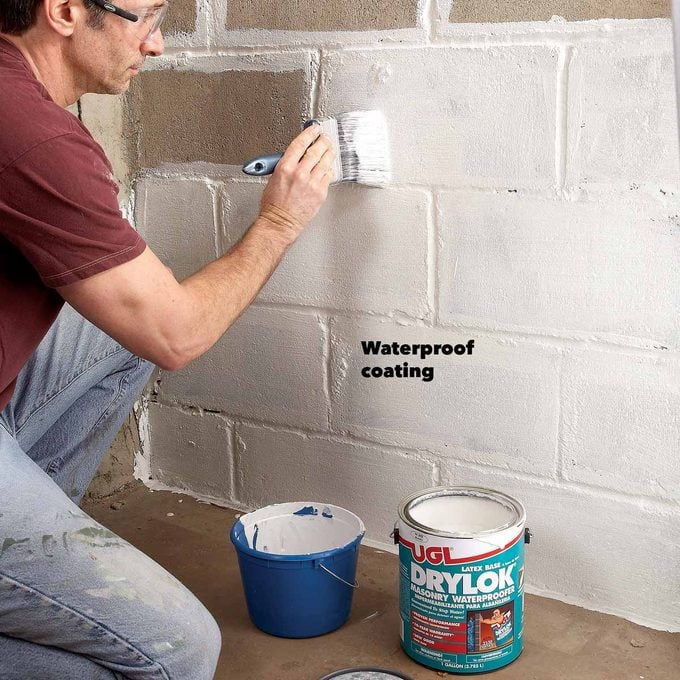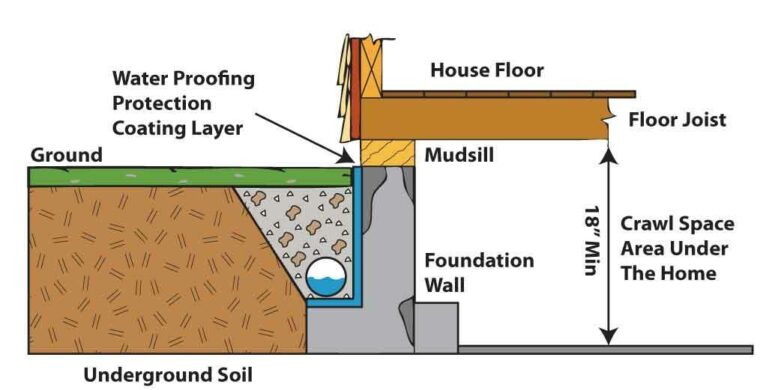The Ultimate Guide To Waterproofing Auckland
Wiki Article
The 25-Second Trick For Waterproofing Auckland
Table of ContentsGetting My Waterproofing Auckland To WorkWaterproofing Auckland Can Be Fun For AnyoneHow Waterproofing Auckland can Save You Time, Stress, and Money.The Ultimate Guide To Waterproofing AucklandAbout Waterproofing AucklandThe 6-Second Trick For Waterproofing Auckland
Waterproofing buildings is the technique of forming a barrier over surfaces of structures, roof coverings, wall surfaces as well as other structural participants of structures to avoid water penetrations through these surfaces. In recap, constructing surface areas are made water-resistant and also water-proof. Research study has revealed that waterproofing only accounts for 1% of a structure's building and construction expenses but when ignored, it can be liable for nearly 90% of the damage.
You require to make sure that you obtain the best kinds of waterproofing materials for your unique requirements. To help you in the option process, listed below are the 5 types of waterproofing in building and construction: Cementitious waterproofing products are considered as the simplest waterproofing materials to utilize. These are readily offered from providers of stonework products like, and also they're simple to blend and use.
Polyurethane liquid membrane layer approach of waterproofing is commonly used for the level roof area and also exposed to weathering. This type of waterproofing product is really conscious wetness web content present. As a result, prior to application, it is vital to be additional cautious in reviewing the moisture material of the concrete piece, or else peeling off or de-bonding of membranes may occur after a long time.
It supplies more adaptability than the cementitious kinds of waterproofing. At the end of the day, there are numerous unique types of waterproofing products out there. Some are more effective than others. With this in mind, it is necessary to understand that not every one of them are equivalent. You have to take some time to locate out which one is going to function best for your individualistic job demands.
Our Waterproofing Auckland PDFs
So, just how does cellar waterproofing work? Inside basement waterproofing functions by attending to water seepage where it materializes itself indoors. After extensively taking a look at any type of leak-prone inner locations, employees produce a trench in the basement flooring that runs parallel to the afflicted location. They position a drainage system in this trench, routing water away from the basement interior, and also seal the trench with concrete to recover the look of the initial foundation flooring.
Exterior cellar waterproofing strategies relieve this stress by redirecting water into a gravel-covered ground drainpipe, which brings it away from the house. While both methods of cellar waterproofing job well, they take care of the issue in different means. Interior basement waterproofing remains a prominent option as a result of its somewhat affordable price point, while exterior basement waterproofing benefits house owners that like to avoid interior construction job.
Contact us today to find out more regarding the basement waterproofing job we conduct for Georgia house owners.
Getting The Waterproofing Auckland To Work
It is vital to waterproof your home. Inside locations of our residence must be kept completely dry from roof covering to basement. Waterproofing your home prior to construction will certainly stay clear of these try here troubles. If you waterproof your home, it will stop damages later on. monsoon infiltration. Such troubles will need a professional and also some standard expertise concerning the trouble and options to it.
It is likewise essential for the veracity of the structure. Depending on the degree of water damage or proprietor choice, waterproofing systems can be set up indoors or outdoors.
Initially, the poly acrylic chemical remedy is prepared which is utilized to seal the damage or leak on the wall and balcony which will be a solid water-proof base in addition to safeguard and also protect the strength of any kind of structure. This is done by an extremely trained specialist team. You require to ensure that premium items are utilized for the treatment.
The final action is to put 2 coats of poly acrylic chemical with white concrete externally. is excellent for visite site buildings and also structures that are already having leak or damage along with for new structures to prevent leakage in future. This procedure helps in keeping the life and high quality of the structure and makes certain that there is no damage to the building due to the rains.
Waterproofing Auckland Can Be Fun For Everyone

Apply a thick cement slurry concrete the surface of the slab. Over this coat, use a finishing coat with concrete sand mortar 1:4 and water-proofing compound as per the layout.
Make an edge in between the parapet and also the sloping slab on the 2nd day. Heal this waterproofing for fifteen days, with wet gunny bags spread over it.
What Does Waterproofing Auckland Do?
Maintain the break joint pattern while taking care of the Shahabad ceramic tiles for the base. After fixing the Shahabad ceramic tiles, grout the joints with concrete slurry totally. Seal the joints between the Shahabad ceramic tiles with the help of C.M.For the basement, cellar provision of stipulation and seamless gutter as well as made in P.C.C. itself and Shahabad base is also prepared likewise the same fashion.
Not known Details About Waterproofing Auckland
filled with concrete slurry and also no more slurry is taken in. Heal it for at least seven days, a minimum of ten times a day. After healing, provide the final jointless water resistant plaster layer in C.M. 1:4 over the rough Shahabad. The entire process pointed out over forms a box around the structure as well as does not permit any kind of water to seep with or leakage from the cellar.Report this wiki page